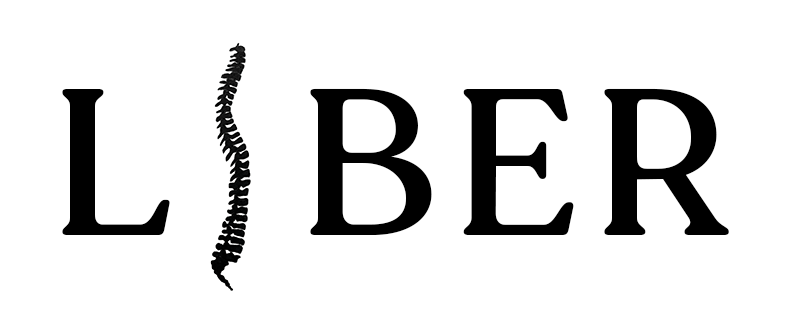Almost sixty years ago, a girl at the University of Chicago was pregnant and suicidal. Her brother begged another student (a member of CORE and SDS) to find an abortion provider. The student “hadn’t thought about the issue before” but approached this as a good deed and found a doctor. Word traveled, and soon the student was swamped with calls from desperate women. To retain privacy and stay out of jail, she told callers to ask for “Jane.” Demand was really high when the doctor she’d found was arrested. She recruited others to help field calls and found a new provider: “Mike.”
“She” was Heather Booth. Her recruits worked collectively to expand The Service to make it more affordable and less scary and demeaning. Eventually, some of the women began performing the abortions themselves.
I encountered the fascinating origin story of this mash-up of Our Bodies Ourselves and the Weather Underground in the mid-nineties via the voices of some of the women who’d taken part. There was Laura Kaplan’s The Story of Jane: The Legendary Underground Feminist Abortion Service, Nell Lundy and Kate Kirtz’s documentary Jane: An Abortion Service, and Paula Kamen’s play Jane: Abortion and the Underground, to name a few. Twenty years later, the Jane story is newly relevant and ripe for adaptation. See Ask for Jane (Cait Cortelyou, 2019), The Janes (HBO documentary by Tia Lessin and Emma Pildes, 2022), and, in theaters now, Call Jane, directed by the Oscar-nominated screenwriter Phyllis Nagy, interviewed in this issue, whose own origin story includes studying writing with interviewer Honor Moore at NYU in the 1980s.
Ms. magazine shows up all over my origin story: my mother subscribed when I was a kid, and I moved to New York in ’93 in order to intern at Ms. Still, I had planned to skip the recent Ms. fiftieth reunion in favor of hitting the Queer Maximalism x Machine Dazzle opening at the Museum of Arts and Design (MAD). I decided to do both parties. At the fabulous MAD, I met the artist Eileen Keane, whose image of her best friend and muse, Machine, graces this cover. There were go-go dancers and nudity, Taylor Mac and glamour, so I was late to the Ms. event. I entered at the beginning of a series of speeches, not conducive to catching up with old friends. I tiptoed to sit on some steps near an older woman wearing a black sweater with big, white Yayoi Kusama polka dots. Her name tag read Jane O’Reilly—writer of the iconic “The Housewife’s Moment of Truth” in the very first issue of Ms.! O’Reilly coined “the click” to describe the shock of recognition, the moment of truth, and the instant sisterhood that comes from, say, unearthing a crop of desiccated green beans under your child’s bed or always being the one to wait for the plumber—basically, any realization that sexism is seeing “women as the natural people to turn to when there is something unpleasant, inconvenient or inconclusive to be done.” I still love that piece, and Jane O’Reilly was a pip.
Suddenly remembering how nice it is to take my actual body to events, I casually RSVP’d for a Q and A with Annie Ernaux at Villa Albertine, the French bookstore that is somehow housed in a giant mansion on Fifth Avenue. A couple days after I RSVP’d, Ernaux won the Nobel Prize for Literature. At the now-standing-room-only event, Ernaux was asked about her literary origin story. “My desire to write never had anything to do with writing a beautiful book or being part of the literary world,” Ernaux said. “What I wanted to do was succeed in saying something that had happened to me.” She continued:
This idea of a happening as something exterior to me that traverses me, goes through me, and at the same time is not unique to me. It can traverse and go through other living beings. Writing, for me, has always been to bring to light what happened to me and, in a way, belongs to me, and also traverses me. It is like, I am the place where an experience demands to be written.
Happenings, and artists’ special ability to conjure the dimensionality of experience, brings us to Yoko Ono. Her role in the origin story of the feminist art movement (and other movements) is often elided. Ellen Papazian (another 1990s Ms.er) discusses Ono’s brilliance and the urge, even among feminists, to minimize her. As Mary, mother of Jesus, says in this issue (with Mary Jo Bang as medium): “I’m more than what’s been said about me—and more / than the few words / I was said to have said . . .”
—Jennifer Baumgardner

